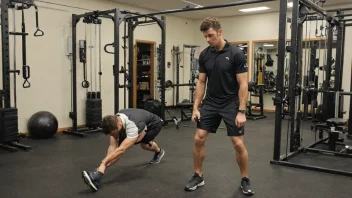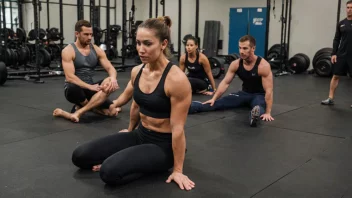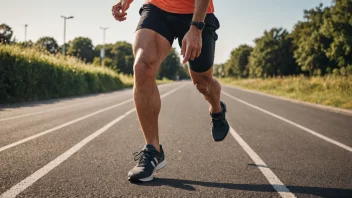Downhill skiing is an exhilarating sport that combines speed, control, and technique. However, to master the slopes and ensure safety, proper training is essential. Strength and conditioning not only enhance performance but also help reduce the risk of injuries. This article will discuss effective training strategies to prepare for downhill skiing while emphasizing safety and performance.
One of the most crucial aspects of training for downhill skiing is building overall strength. Skiing requires strong legs, core, and upper body muscles. Exercises such as squats, lunges, and deadlifts are excellent for developing leg strength. Incorporating plyometric exercises, such as box jumps and jump squats, can improve explosive power, which is essential for quick movements on the slopes.
Core stability is equally important in skiing, as a strong core helps maintain balance and control during turns and jumps. Incorporating exercises like planks, Russian twists, and medicine ball throws can enhance core strength. Additionally, upper body strength plays a role in pole usage and overall body control. Exercises such as push-ups, rows, and shoulder presses can help develop the muscles needed for effective skiing.
In addition to strength training, flexibility and balance are vital for downhill skiing. A good range of motion helps skiers navigate difficult terrains and reduces the likelihood of injuries. Stretching routines that focus on the legs, hips, and back can improve flexibility. Yoga and Pilates are also excellent additions to a training regimen, promoting both flexibility and balance.
Cardiovascular fitness is another key component of skiing training. Skiing can be an intense workout, requiring endurance and stamina. Incorporating aerobic exercises such as running, cycling, or swimming into your weekly routine can enhance cardiovascular fitness. Interval training is particularly effective, as it mimics the stop-and-go nature of skiing, helping to build endurance for longer runs on the slopes.
Safety should always be a priority when training for downhill skiing. Proper warm-up and cool-down routines can help prevent injuries. Additionally, wearing appropriate protective gear during training sessions can further reduce risks. Helmets, knee pads, and padded shorts are essential for keeping skiers safe while practicing their skills.
In conclusion, preparing for downhill skiing requires a multifaceted approach that includes strength, conditioning, flexibility, and safety. By focusing on these key areas, skiers can enhance their performance and enjoy the thrill of the sport while minimizing the risk of injury. As the slopes await, remember that consistent training pays off, allowing you to ski with confidence and skill.






